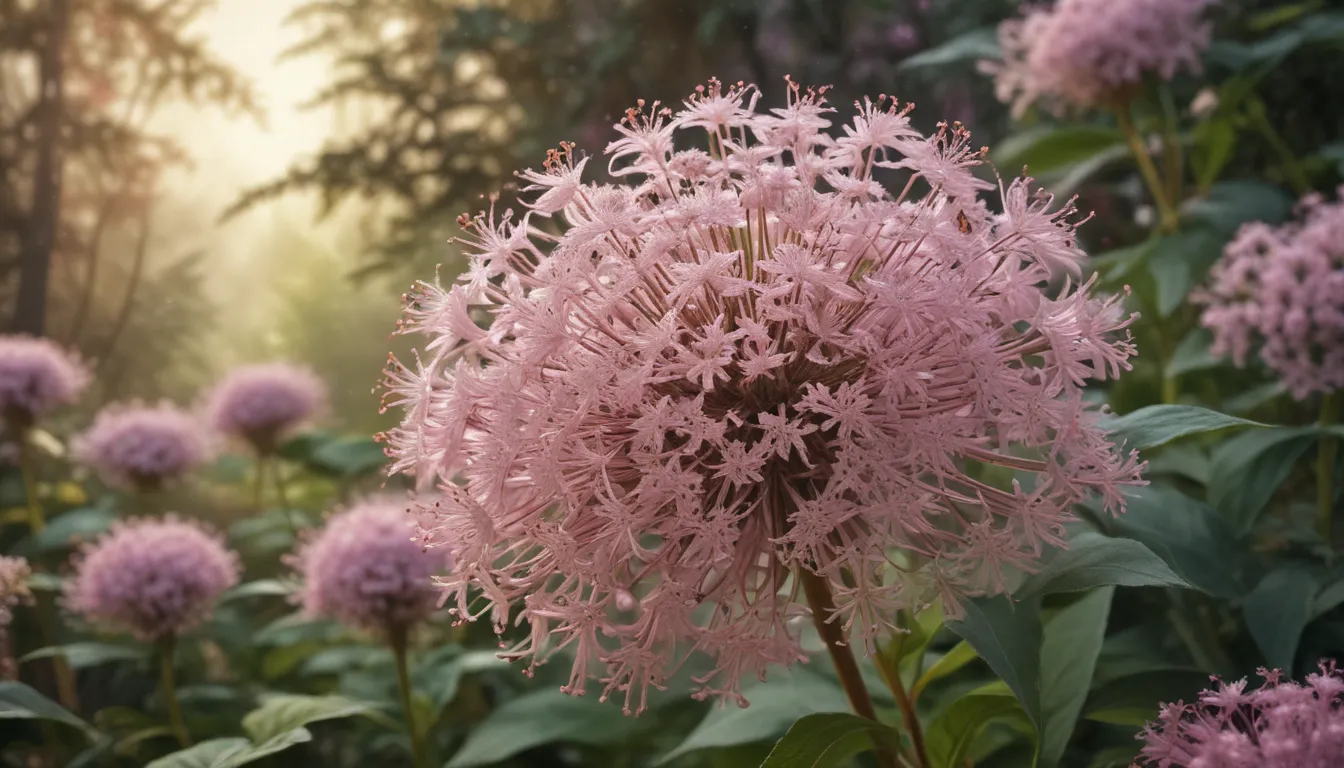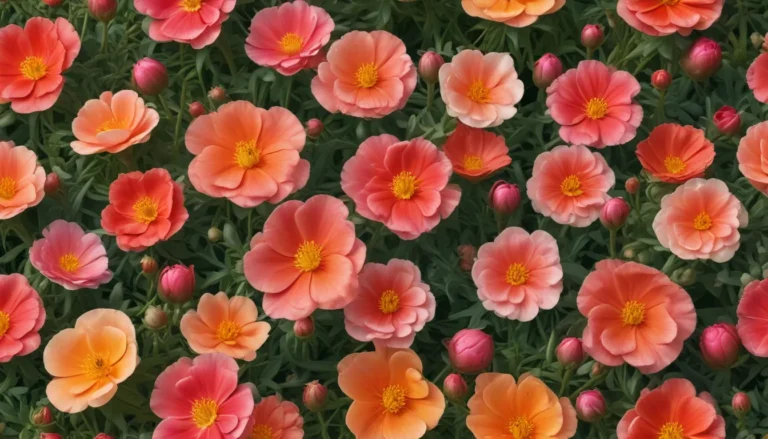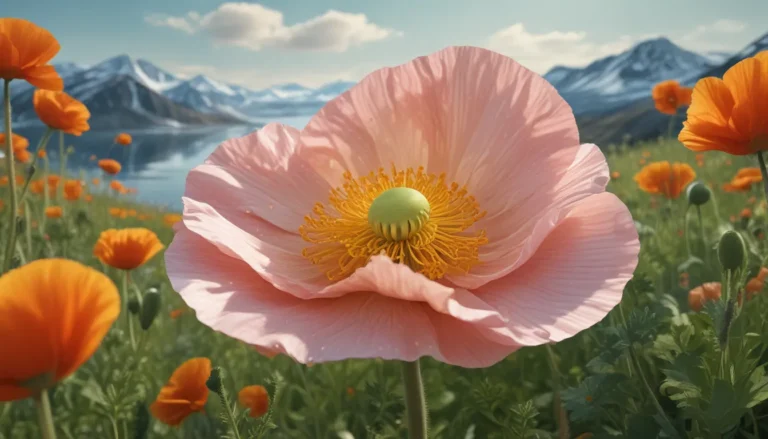The pictures we use in our articles might not show exactly what the words say. We choose these pictures to make you interested in reading more. The pictures work together with the words but don’t take their place. The words still tell you the important facts.
Eupatorium, commonly known as Joe-Pye weed, is a plant that beckons to botanical enthusiasts with its tall stalks adorned in vibrant pink or purple flowers, making a statement in gardens and natural landscapes. However, beyond its aesthetics, Eupatorium harbors a wealth of intriguing characteristics that make it a standout choice for any garden. From its diverse species to its historical and medicinal uses, there is much to discover about this remarkable plant.
Exploring the Wonders of Eupatorium
Eupatorium, also known as Joe-Pye weed, is a diverse and resilient plant native to the Americas. Its tall stature, extended blooming period, and appeal to pollinators make it a valuable addition to any garden. With its rich history, medicinal properties, and ability to attract butterflies and bees, Eupatorium is a fascinating and beneficial plant for both gardeners and nature enthusiasts. Let's delve into 19 fascinating facts about Eupatorium that will deepen your appreciation for this enchanting plant.
Unveiling the Mysteries of Eupatorium
1. Origin of the Name
The genus name Eupatorium derives from the Greek word “Eupator,” meaning “noble father,” in honor of Mithridates VI Eupator, a Greek ruler renowned for his knowledge of herbal medicine.
2. Diverse Species
Eupatorium boasts over 40 recognized species, each with distinct characteristics such as height, leaf shape, and flower color, contributing to the plant's overall beauty and variety.
3. Natural Habitat
Most Eupatorium species are native to the Americas, thriving in habitats ranging from Canada to Argentina, encompassing diverse environments like moist woodlands and open grasslands.
4. Common Name
The moniker "Joe-Pye weed" stems from a Native American healer named Joe Pye, who purportedly used the plant to cure various ailments, thus popularizing the common name.
5. Pollinator Attraction
Eupatorium's clusters of small, nectar-rich flowers serve as a beacon for pollinators such as bees, butterflies, and hummingbirds, making it a vital plant for supporting these populations.
6. Varied Heights
While some Eupatorium species grow modestly to 3-4 feet, others can reach towering heights of 8 feet or more, adding vertical interest to gardens and landscapes.
Delving Deeper into Eupatorium
7. Herbaceous Perennials
Most Eupatorium species are herbaceous perennials, dying back in winter and regenerating from the roots in spring, rendering them reliable and low-maintenance garden plants.
8. Prolonged Blooming Period
Eupatorium captivates with its extended blooming period from mid-summer to fall, showcasing a stunning array of colors that enhance any garden.
9. Distinctive Fragrance
When crushed, Eupatorium leaves emit a pleasant aroma that varies between species, often described as sweet or minty, adding sensory delight to gardens.
10. Deer Resistance
Eupatorium's natural deer resistance makes it an ideal choice for gardens in deer-prone regions, ensuring the plants remain unharmed.
11. Medicinal Properties
Certain Eupatorium species have historical medicinal uses among Native American tribes, believed to alleviate colds, fevers, and digestive issues.
12. Wet Soil Tolerance
Many Eupatorium species thrive in moist soil and can withstand poor drainage, making them suitable for rain gardens and wet-prone areas.
13. Butterfly Magnet
Eupatorium's vibrant flowers attract butterflies, making it a valuable addition to butterfly gardens by providing essential food sources and habitats.
14. Varied Common Names
Apart from Joe-Pye weed, Eupatorium goes by other names like gravel root, trumpetweed, and boneset, reflecting its diverse folklore and historical uses.
15. Endangered Species
Due to habitat destruction, some Eupatorium species are endangered, prompting conservation efforts to protect these precious plants.
16. Vertical Interest in Designs
Eupatorium's tall growth and appealing flowers enhance garden designs, creating vertical focal points and visual intrigue in borders and landscapes.
17. Seed Propagation
Growing Eupatorium from seeds is relatively straightforward with proper care and growing conditions, allowing enthusiasts to establish these beautiful plants in their gardens.
18. Bee Nectar Source
As bees face declining populations globally, Eupatorium's nectar-rich flowers play a crucial role in sustaining these vital pollinators when incorporated into gardens.
19. Soil Adaptability
Eupatorium can thrive in various soil types, including loam, clay, and sand, preferring well-drained soils with adequate organic matter for optimal growth.
Embracing the Charm of Eupatorium
Eupatorium's captivating allure extends beyond its aesthetic appeal, offering a myriad of benefits for both gardeners and nature enthusiasts. By incorporating this remarkable plant into your landscape, you not only enhance its beauty but also contribute to the ecological wellbeing of your surroundings. Explore the enchanting world of Eupatorium and uncover the countless wonders that make it a truly exceptional addition to any garden.
Conclusion: Embracing Nature’s Splendor
In conclusion, Eupatorium, with its rich history and diverse characteristics, stands as a testament to the beauty and resilience of the plant kingdom. Whether you're a gardening aficionado, a herbal medicine enthusiast, or simply a lover of nature's wonders, Eupatorium offers a wealth of discovery and appreciation. Its remarkable qualities make it a valuable asset to any garden or landscape, showcasing not only its beauty but also its ecological significance. Take a moment to marvel at the splendor of Eupatorium and embrace the intricate tapestry of nature that it embodies.
FAQs: Unveiling More Insights
- What is Eupatorium?
-
Eupatorium is a genus of flowering plants in the Asteraceae family, commonly known as Joe-Pye weed, comprising approximately 40 different species primarily found in North America.
-
How tall can Eupatorium grow?
-
Depending on the species, Eupatorium plants can range from 2 to 8 feet in height, with certain species capable of growing even taller under optimal conditions.
-
What are the medicinal uses of Eupatorium?
-
Eupatorium has a long history of medicinal applications, traditionally used to treat ailments such as fever, coughs, and digestive disorders, owing to its anti-inflammatory and diuretic properties.
-
What type of soil does Eupatorium prefer?
-
Eupatorium thrives in moist, well-drained soil but can adapt to various soil types, including clay, sand, and loam, preferring fertile soil with adequate moisture retention.
-
Can Eupatorium attract pollinators?
-
Yes, Eupatorium is known for attracting pollinators like butterflies and bees with its vibrant, nectar-rich flowers, serving as a crucial food source for these beneficial insects.
-
Is Eupatorium easy to grow?
-
Eupatorium is generally easy to cultivate and requires low maintenance, adapting well to different growing conditions as long as it receives ample sunlight and well-drained soil.
-
Can Eupatorium be invasive?
-
Some Eupatorium species have invasive tendencies, particularly in favorable conditions, underscoring the importance of selecting non-invasive cultivars, especially in natural settings.
-
When is the best time to plant Eupatorium?
- Eupatorium is typically best planted in spring or fall when the soil remains warm, allowing the plant to establish roots before extreme temperatures set in, although it can be planted at other times given suitable weather conditions.
Embark on a journey of discovery with Eupatorium, a plant that encapsulates the beauty, resilience, and ecological importance of nature. By embracing the enchanting qualities of Eupatorium, you not only nurture your garden but also foster a deeper connection to the captivating world of botany. Explore the intricate tapestry of Eupatorium and witness the wonders it unfolds in your natural landscape.






